There is and always will be demand for skilled web developers. But before starting this path, you need to understand the difference between a frontend developer and a backend developer, and what tools each one uses. Also, it's important to know the advantages of being a multi-skilled specialist—a full stack developer.
The process of creating modern websites and web applications consists of several stages—frontend and backend. These stages can be handled by two different people or by one full stack developer.
Frontend
When we open a website and see images, text, and the overall design, we are looking at the frontend. Of course, the design was created by a web designer, but it’s thanks to the frontend developer that we can actually see it.
The page code you can view by right-clicking and selecting “View Page Source” is the result of frontend work. In other words, the frontend developer uses code to describe everything the user sees on a web page—all graphical elements, their colors and sizes, fonts, and more.
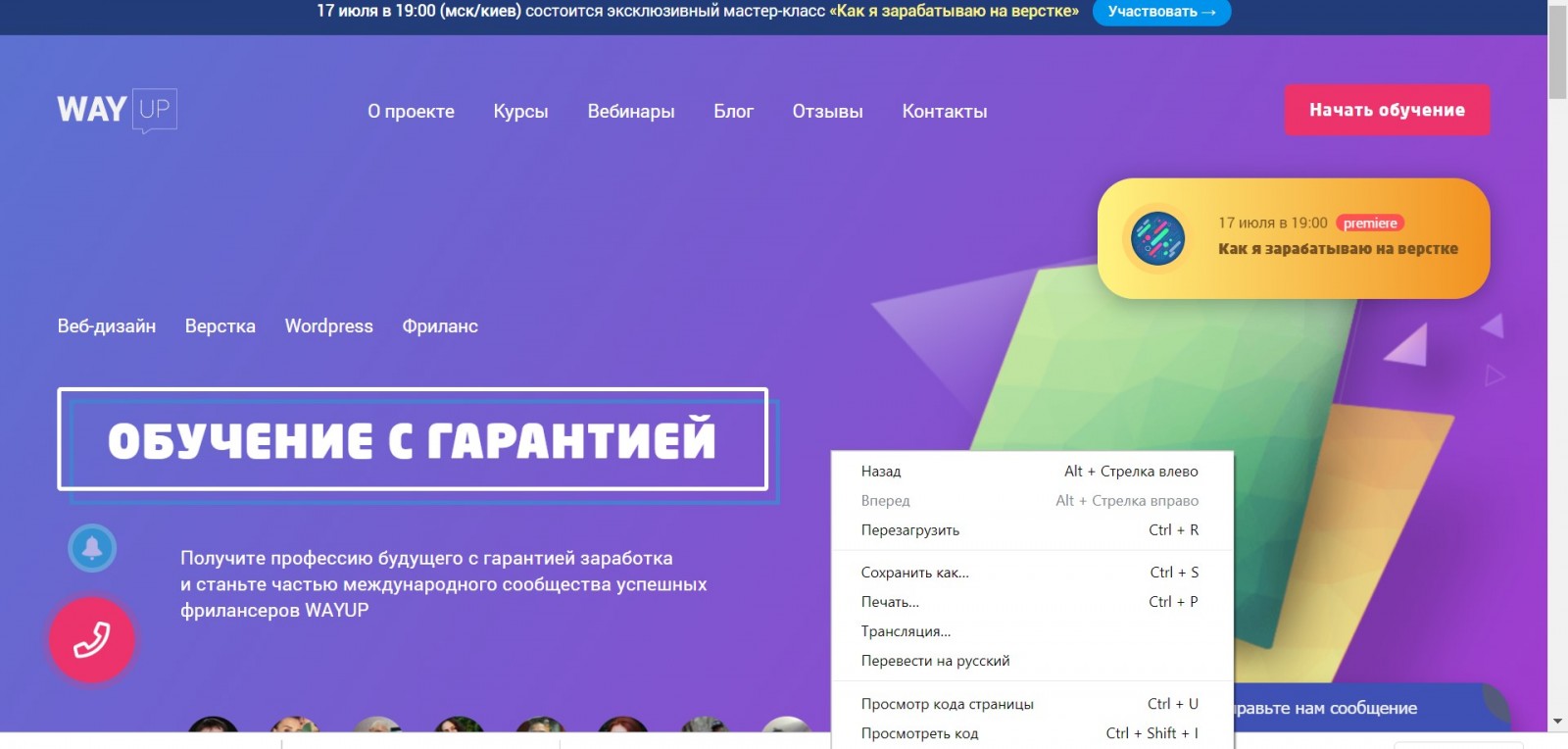
A frontend developer works to make the website attractive and user-friendly.
Frontend development includes:
The tools used by a frontend developer include HTML, CSS, and JavaScript.
HTML is a markup language used to create the structure of a web page. (You can read more about HTML and tags in this article.)
CSS is the language used to style the appearance of a document created with HTML. CSS tells the browser how exactly to display the page—where and how blocks will be placed, what color and size the fonts will be, and so on.
JavaScript is the programming language that brings a page to life. In other words, animation is handled through JavaScript. All actions that occur when clicking a button or moving the cursor are powered by JavaScript.
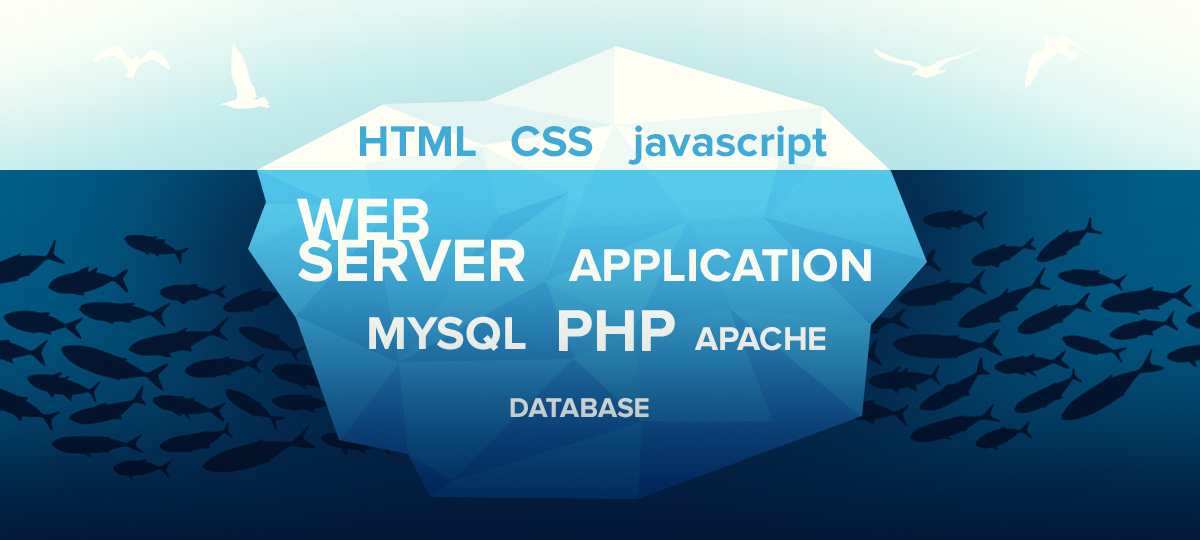
In addition to these three tools, a frontend developer should understand the basics of web design, since both frontend developers and designers are responsible for the website’s usability.
We regularly talk about these and other tools and technologies essential for modern web developers in live webinar sessions at WAYUP. In fact, tomorrow, July 17 at 7:00 PM, we’re hosting a free workshop “How I Make Money with Layout Design”.
Backend
The backend refers to the part of a website hidden from the user's view. It’s the bottom part of the iceberg in the image above, the part beneath the surface. All processes in this area happen outside the user’s computer and browser—on the server.
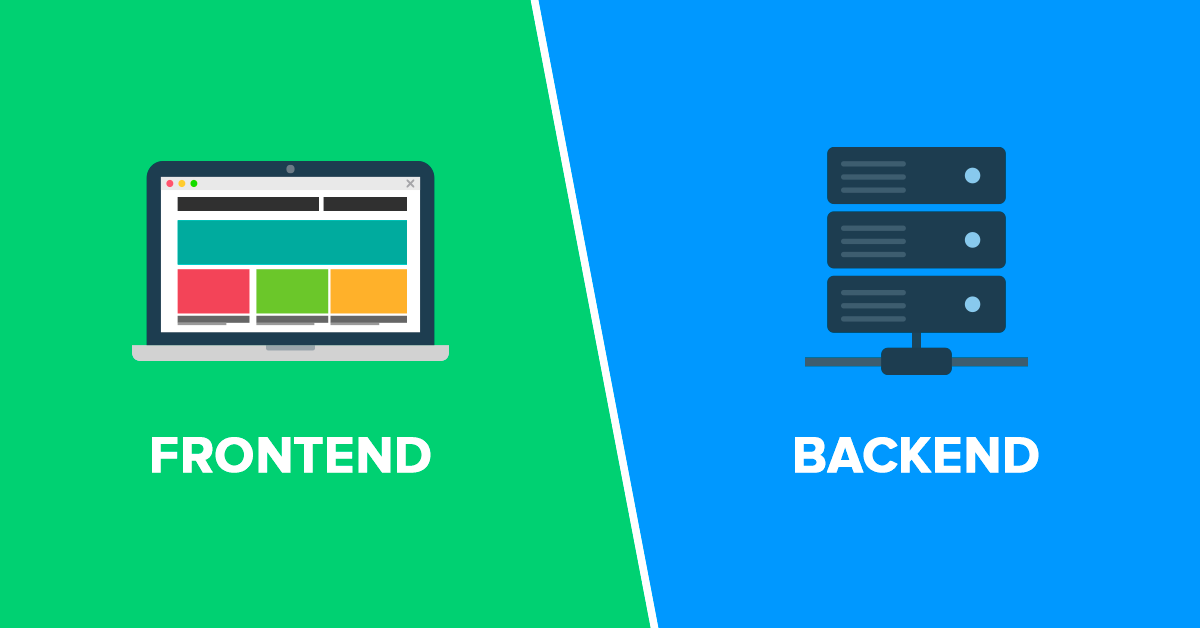
For example, if you fill out a contact form to request a callback from an online store manager, the moment you click “Send” marks the switch from frontend to backend. Everything else happens on the server.
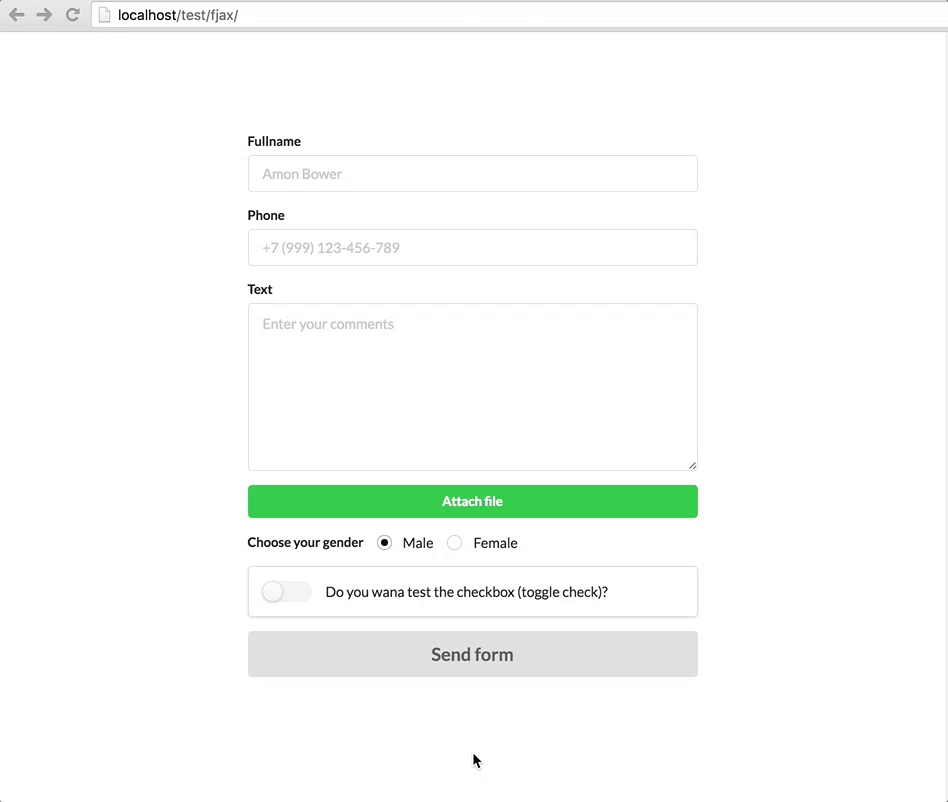
When you receive a response as a pop-up message, for instance, that’s frontend again. So, frontend and backend constantly interact in a cycle.
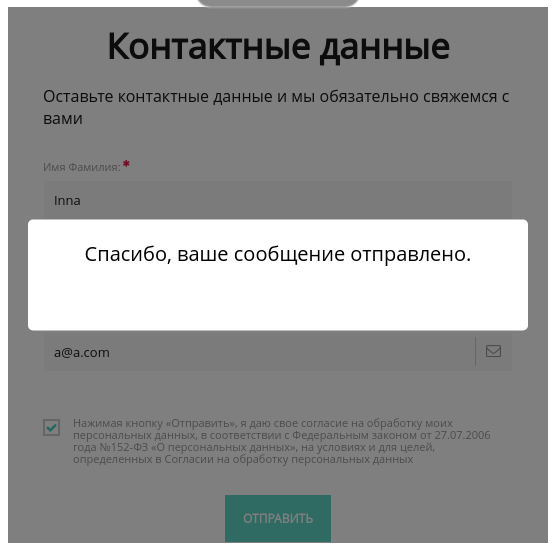
The work of a backend developer differs from frontend work in that it doesn’t involve the visual design of the website.
Backend tasks include:
In fact, the list of backend developer responsibilities is broader than that of a frontend developer. The tasks can vary depending on the project, and the number of tools used is also generally greater.
A backend developer’s toolkit typically includes tools available on the server side. The most common programming languages are Ruby, PHP, Python, and Java.
When it comes to working with databases, common tools include MySQL, PostgreSQL, MongoDB, Cassandra, Redis, and Memcached.
Full stack
Some web developers are familiar with all stages of website creation and maintenance. These versatile professionals are called full stack developers.
Full stack developers may not have deep, expert-level knowledge of both frontend and backend, but their advantage lies in their versatility—they can handle small projects independently.
Usually, full stack developers are freelancers who build websites from start to finish. Much of their work involves the most interesting part—creating the visual side of the website and ensuring it’s user-friendly.
The WAYUP course “Web Layout Developer: Freelancer’s Code” is designed for those who want to gain all the necessary skills to start in web development. In this course, you will study and practice working with frontend tools—HTML, CSS, and JavaScript. Additionally, you'll gain an understanding of the backend side of website creation, including how to install a site and CMS on a server, and how to work with WordPress.
This course was created 4 years ago, and every year we update it with new web development trends and technologies. As a result, by finishing the course yesterday, you already have the knowledge and skills today to start earning on freelance.
The next course session begins in 2 weeks—on July 30. Join us to gain a profession and start your journey in IT.
.jpg)